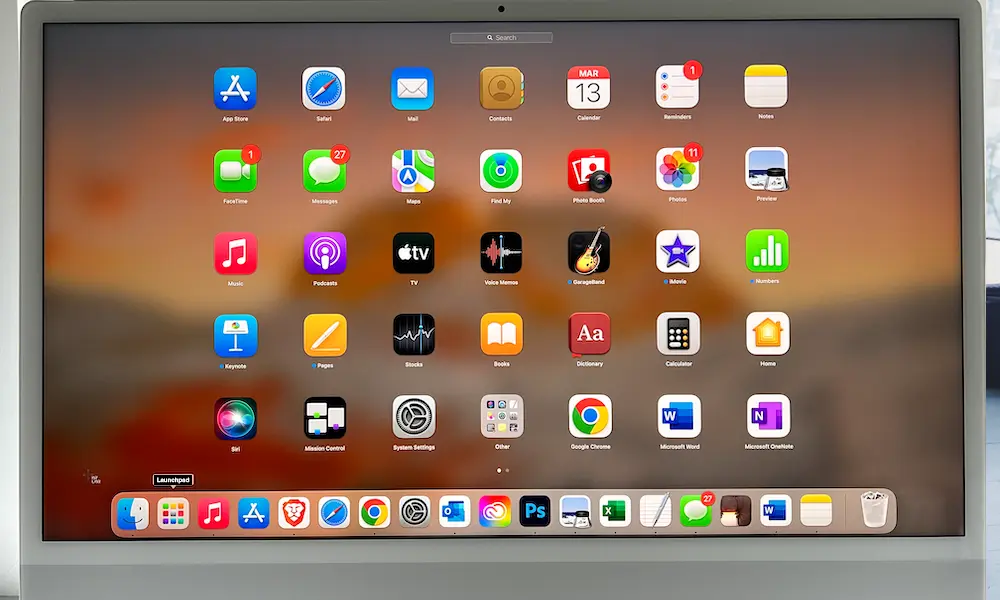Technology
Four Ways To Uninstall Apps From Your Mac

Today, we all use many apps, not just on our smartphones. Did you know that the average person will have approximately 80 apps on their mobile device, and they will also have 50 or more apps on their Mac?
If you’re like the average Mac user, you’ve installed many apps for business and leisure. However, let’s face it: not all apps we install will be used every day. In fact, most Mac apps are one-time uses or not used at all.
To get better performance from devices like a Mac, uninstall the apps you’re not using.
This article explains how to quickly uninstall apps on your Mac. We will cover this topic after considering why removing Mac apps is worthwhile.
Why Remove Mac Apps
The following five situations are the most common reasons for uninstalling apps from a Mac:
- Freeing up Disk Space – when Mac’s storage is running low, uninstalling unused or large applications can help free up space
- Application issues – if an app is misbehaving, crashing frequently, or causing other issues, uninstalling and reinstalling it can sometimes resolve the problem
- Software updates – here is a top tip, before updating specific applications, especially major updates or system upgrades, consider uninstalling the current version to prevent conflicts and ensure a clean installation.
- Switching to a Different App – when another app is preferred, uninstall the old app.
- Security Concerns – if in doubt, remove the app. You don’t want an app on your Mac that’s compromised or poses a security risk.
Ways to Uninstall Mac App Store Apps
The process to uninstall apps from the Mac App Store is straightforward.
1. Using Launchpad

The most common way to remove an app is to use the Launchpad. Open the Launchpad from the Dock or use the pinch gesture on the trackpad.
The next step is to find the app you want to uninstall. Select and hold the app icon until you see it moving or know its icon is jiggling. Click the X at the top of the icon to uninstall it. Finally, click to confirm that you want to delete that app.
Tip: The X will only appear from apps downloaded via the App Store. The apps were acquired from an external source if the X doesn’t appear. You can still uninstall them, but other methods are necessary!
2. With a Mac Cleanup Tool
This is an excellent option because you can quickly check the list of apps and select those you want uninstalled, and that’s it.
Bulk uninstalling apps makes the process much easier and quicker. This is the best option if you’re short on time and want to uninstall apps quickly.
3. Uninstall With The App’s Uninstaller
Some apps come with their own uninstaller. That’s not always the case, but if an app has its uninstaller, double-click on it and follow the instructions. The good news is that you will be asked if you want to keep some of the files before removing the app.
4. Use the Terminal
Using the Terminal to remove apps is not the easiest way. A preferred method is using the Finder and manually deleting the app from the applications folder.
You will find the Terminal in Finder/Applications/Utilities. Once you enter the Terminal, write the command “sudo uninstall file://” and drag the app icon into the terminal. That updates the app path, and once you do so, you can press return and input your password.
Manually Delete Files From The Library Folder
Even if you use some of the methods above, there are situations when they will leave some leftovers. If that happens, you can try entering the Library folder.
Search for the app’s name (the one you just deleted) and see if there are any files related to it. You should check first and see if they are all related to the app in question, and then you can just delete those apps.
Final Thoughts
Apple is a popular choice at work and home due to its tight integration between devices such as the iPhone, Mac, and Macbook. There is a seamless workflow between devices, and many apps are optimized for the Apple ecosystem. However, removing apps from an iPhone will not remove them from your Mac. This article can help make the uninstall process for Mac apps much more accessible.
Finally, after moving an app to the Trash, empty it to permanently delete the application and its associated files. Plus, be careful when uninstalling apps, especially system-critical ones, and ensure you won’t need them in the future.






